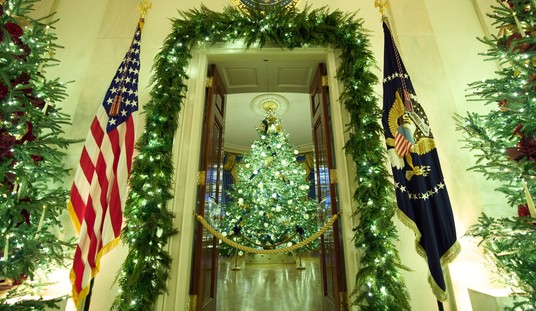On Wednesday, in the shadow of Benjamin Franklin's grave, the U.S. Mint struck its final circulating pennies, ending a 232-year tradition born from the Coinage Act of 1792. What began as a sturdy copper disc capable of buying a biscuit or a candle now costs the government 3.69 cents to produce — more than triple its face value. Pennies are currently (until Wednesday) minted at the Denver and Philadelphia Mint facilities for circulation, and the San Francisco Mint produces proof pennies for collectors.
READ MORE: Stop Making Cents: U.S. Mint Puts an End to a 232-Year-Old Institution
President Donald Trump's February directive to halt production was blunt: "For too long the United States has minted pennies which literally cost us more than 2 cents. This is wasteful!" He was right, of course. In fiscal 2024 alone, churning out 3.2 billion pennies drained $85 million from taxpayer coffers.
The last penny has been minted. There are still 300 billion pennies in circulation and the U.S. Treasurer tells me we will not run out. #USMint225 pic.twitter.com/AYvmssnnbP
— Edward Lawrence (@EdwardLawrence) November 12, 2025
The penny, once a symbol of thrift, has lingered like an outdated expense in a bloated budget. Inflation eroded its utility decades ago; today, it buys nothing but shelf space in jars and drawers. With 250 billion still circulating, the shift won't upend daily commerce overnight, though businesses like Dollar General are asking customers to give them pennies as the pennies supply dwindles, with some people will now start saving them for collectables value.
RIP, penny. pic.twitter.com/RE5Lbrklps
— 🍂 Duchess of Pilgrims 🍁 (@AnnaDsays) November 13, 2025
But it forces a reckoning: Why subsidize irrelevance when digital payments and rounding to the nearest nickel suffice, as Canada proved painlessly in 2012? Critics, including the zinc lobby disguised as Americans for Common Cents, warn of chaos at checkout lines and nickel shortages driving up costs further — nickels run 13.8 cents apiece to mint.
Fair point, but their hand-wringing ignores the bigger waste: perpetuating a system where government overspends on symbols rather than essentials.
RIP to the American Penny
— ▼ Kiel James Patrick (@KJP) November 13, 2025
1793 – November 12, 2025 pic.twitter.com/RxTyAmSYQN
Retailers gripe about SNAP compliance and state rounding laws. Legislation clarifying rounding for cash transactions could fix that, sparing grocers from legal tangles over two cents. From a conservative vantage, this move aligns with bedrock principles: Cut unnecessary spending, empower markets, and let innovation — cards, apps, exact-change apps — fill the void. Trump's order echoes the Department of Government Efficiency's call to axe fiscal absurdities, saving an estimated $56 million yearly.
The move reflects quiet competence — the kind that compounds over time. The half-cent vanished in 1857 without fanfare, and we'll adapt here, too. As Franklin might quip, a penny saved on pennies is indeed two pence clear — or, in today's math, a smarter dollar earned.
The Mint will auction these ceremonial coins, preserving history for collectors while freeing resources for what matters: roads, security, real economic growth. In an era of trillion-dollar deficits, ending the penny is pound-foolish reversed.
Editor's Note: President Trump is leading America into the "Golden Age" as Democrats try desperately to stop it.
Help us continue to report on President Trump's successes. Join RedState VIP and use promo code FIGHT to get 60% off your membership.














Join the conversation as a VIP Member